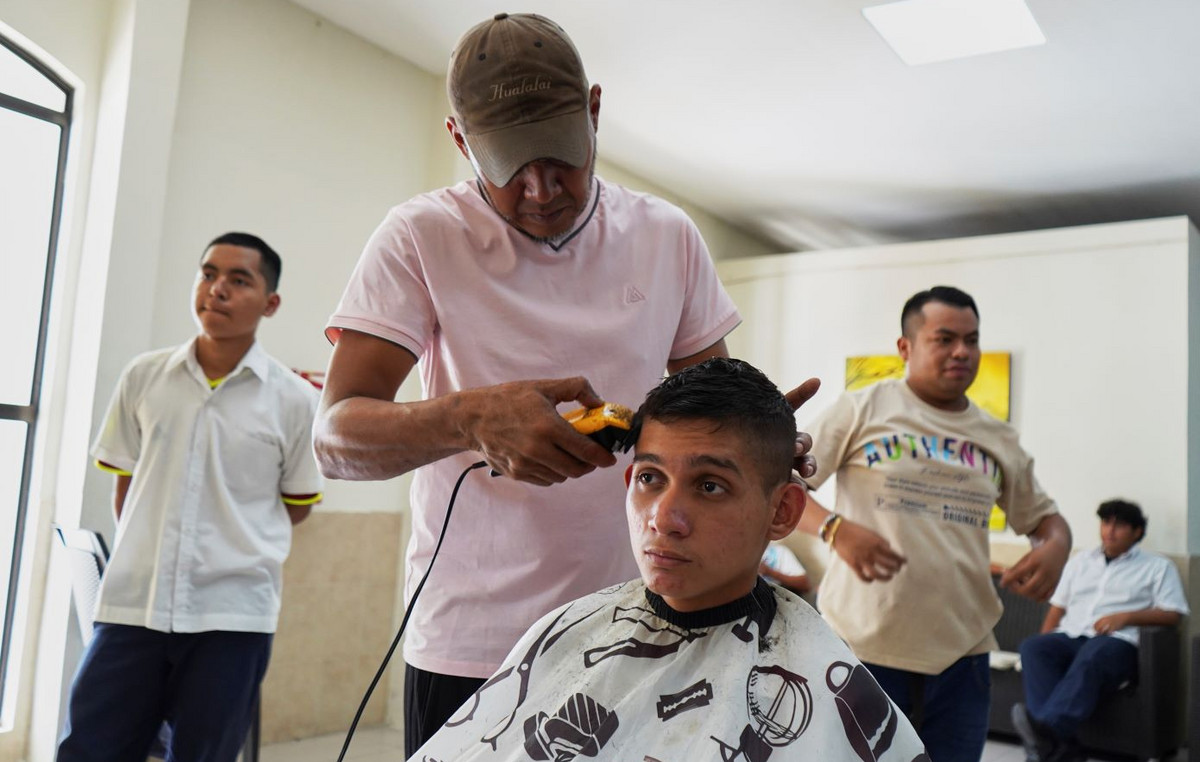Girls can provoke the sexual assault if they display provocative clothing or behavior. One in five teenagers think so second the survey conducted by ActionAid and Ipsos on a representative sample of 800 young people between males and females between 14 and 19 years old. And it’s not just that. 4 out of 5 think a woman can withdraw from sexual intercourse if she really doesn’t want to and 1 out of 3 believe that many people identify as non-binary / fluid / trans because of a current fad.
This research wants to be a snapshot of what teenagers think about sexual violence and not only, how they react, how they defend themselves and what is the role of gender stereotypes and prejudices about their life. The interviewees agree in indicating who commits acts of violence in Italy: they are boys, especially if in groups, and adult men.
The causes and the shame
In the first place of the research as a cause of violence are indicated the physical characteristics (50%), then sexual orientation (40%) and gender (36%). The consequences are first of all psychological, for 27% of the interviewees, then isolation and depression (21%) and in third place discomfort and shame (18%). This last, however, is the reason why he does not report. Followed by the fear of telling the facts, considering the complaint useless and the fear of receiving threats from the aggressor.
What is violence?
However, there remain uncertainties about which behaviors are violent and which are not and precisely for this reason it is necessary to talk about education in affectivity and sexuality. For 80% of young people, four out of five, it is violence to touch someone’s private parts without their consent, while one in five does not recognize this violence. In second place is considered violence to hit someone, a behavior that registers 79% of the consents, by far the one most cited by males. In third place, with 78%, taking photos/videos in intimate situations and sharing them with other people, especially for girls with 84% of the mentions.
«The data confirm what ActionAid has been observing in schools for years, namely the need to deal with violence beyond bullying and cyberbullying, which especially affect the under 14s. Violence among adolescents has its roots in the patriarchal society which still today influences the growth process of new generations and does not allow the culture of rape to be subverted from its foundations,” she explains Maria Sole Piccioli, Education Manager of ActionAid. «Minister Valditara’s proposal to introduce sex education in high schools cannot be enough: co-planned compulsory training is required for teachers and students of all school cycles with independent and lay expert staff, the presence at school of tutors for case prevention and management; anti-harassment codes, neutral toilets and Career Aliases must be introduced». Youth for love is a program that has been active for over four years at an Italian and European level, created in Italy by ActionAid. The goal is to prevent, detect and address peer violence and the gender violence in high schools (14-18 years).
Who suffers it?
The victims are increasingly girls. ActionAid says this: «much more often than their peers they witness gossip, teasing, insults, jokes, the exclusion of people from groups, situations in which a person’s private parts are touched without his consent, the non-consensual dissemination of photos and videos of intimate situations». Girls are more likely than their peers to receive verbal harassment while walking down the street, to be touched in their private parts, to be victims of jokes or comments of a sexual nature and of the diffusion of photos/videos that portray them in intimate situations. Boys, on the other hand, are mainly at risk of being beaten. People in the LGBTQIA community are at risk of being insulted as well as hurt.
Source: Vanity Fair
I’m Susan Karen, a professional writer and editor at World Stock Market. I specialize in Entertainment news, writing stories that keep readers informed on all the latest developments in the industry. With over five years of experience in creating engaging content and copywriting for various media outlets, I have grown to become an invaluable asset to any team.







